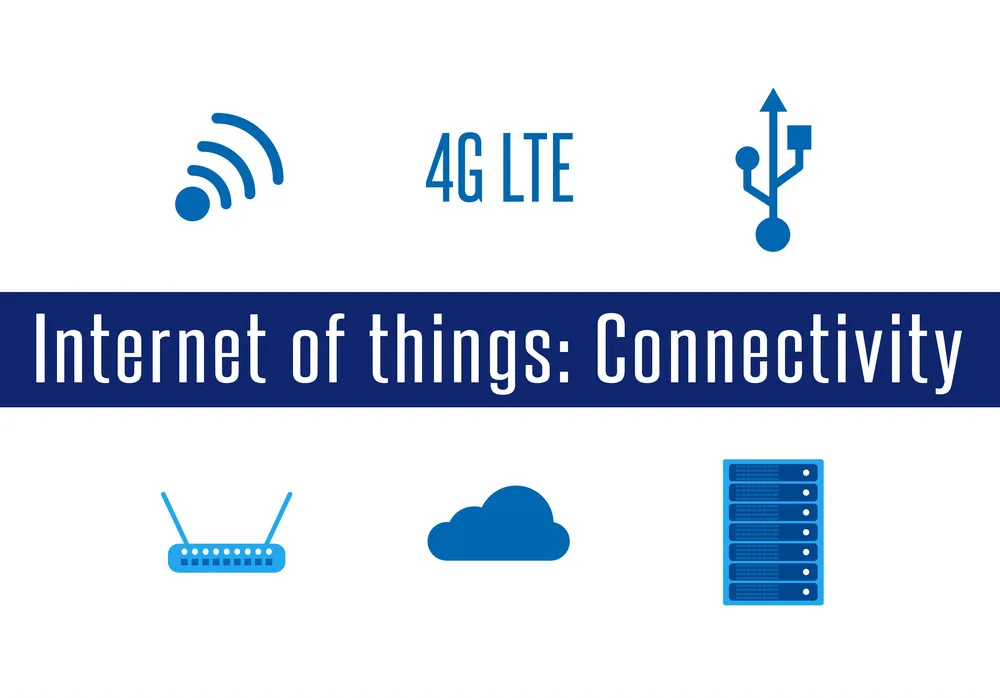IoT Networking and Connectivity: Enabling Communication in the Internet of Things

In the last couple of posts, I introduced the concept of the Internet of Things (IoT) and took a closer look at IoT devices. Today, we're going to explore another critical aspect of any IoT system - the networking and connectivity that enable communication between these devices and the digital world.
Why is Networking Important in IoT?
The power of IoT lies in the ability of devices to collect data from their environment and share it. This sharing of data is made possible through networking. In other words, networking is what allows an IoT device to send the data it collects to a platform or another device. It also enables IoT devices to receive data or instructions from the platform or other devices.
Types of IoT Connectivity
There are several different ways that an IoT device can connect to a network:
- Wired Connectivity: This includes traditional Ethernet connections. While wired connections can provide a stable and high-speed connection, they are not always practical for IoT devices, especially those deployed in the field or in hard-to-reach places.
- Wireless Connectivity: This is the most common type of connectivity for IoT devices and includes Wi-Fi, Bluetooth, Zigbee, and Z-Wave. Each of these wireless technologies has its strengths and weaknesses in terms of range, power consumption, and data transfer speed.
- Cellular Connectivity: IoT devices can also connect to the internet using cellular data, much like a smartphone. This allows for IoT devices to be deployed virtually anywhere there is cellular coverage.
- LPWAN Technologies: Low Power Wide Area Network (LPWAN) technologies such as LoRaWAN and NB-IoT are designed specifically for IoT and offer long-range connectivity with low power consumption, making them ideal for devices that need to send small amounts of data over long distances.
Choosing the Right Connectivity
The choice of connectivity depends on the specific needs of the IoT application. Key factors to consider include the amount of data that needs to be transmitted, the range required, power consumption, and cost. For instance, a wearable fitness tracker might use Bluetooth for its low power consumption, while a city-wide pollution monitoring system might use LoRaWAN for its long-range capabilities.
In conclusion, connectivity is the lifeline of IoT devices, allowing them to send and receive data. It is what makes these devices part of the "Internet" of Things.
In the next blog post, I'll be diving into IoT platforms – the systems that collect, store, and analyze data from IoT devices. Stay tuned to continue our exploration of the fascinating world of IoT!